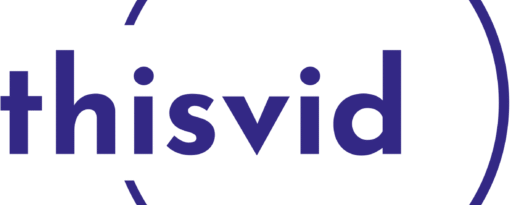The Impact of President Biden’s Student Loan Policies: A Path to Debt Relief
Introduction
The issue of student loans debt has been a growing concern in the United States for many years. As tuition costs continue to rise, countless students find themselves burdened with substantial loans, hindering their ability to start a prosperous post-graduation life. In response to this pressing issue, President Joe Biden has implemented several policies aimed at addressing student loan debt and providing relief to borrowers. This article explores the impact of President Biden’s student loan policies and their potential to alleviate the financial strain faced by millions of Americans.
Student Loan Forgiveness and Reduction Programs
One of President Biden’s key initiatives in tackling the student loan crisis is the implementation of forgiveness and reduction programs. By advocating for reforms, Biden seeks to ease the burden on borrowers and make education more accessible. These programs aim to provide relief to students from low-income backgrounds, veterans, and individuals working in public service. Additionally, the policies promote income-driven repayment plans, ensuring that monthly payments are proportionate to borrowers’ earnings.
Expanding Income-Driven Repayment Plans
Under President Biden’s plan, income-driven repayment plans will become more accessible and borrower-friendly. These plans cap monthly payments based on a borrower’s income and family size. This measure prevents borrowers from being overwhelmed by excessive loan repayments, allowing them to allocate their earnings towards other essential needs.
Public Service Loan Forgiveness
The Public Service Loan Forgiveness (PSLF) program is a crucial aspect of President Biden’s student loan policies. This program aims to incentivize graduates to pursue careers in public service by offering loan forgiveness after ten years of qualifying payments. By expanding and simplifying the PSLF program, President Biden hopes to attract more individuals to public service professions while providing a lifeline for borrowers burdened by student loans.
Changes to Loan Discharge and Bankruptcy Laws
Another significant aspect of President Biden’s student loan policies involves changes to loan discharge and bankruptcy laws. These changes aim to offer a fresh start to borrowers struggling with insurmountable debt.
Expanding Loan Discharge Eligibility
Under the Biden administration, loan discharge eligibility will be expanded, particularly for borrowers facing economic hardship or attending fraudulent institutions. This change will provide a vital safety net for students who have fallen victim to predatory practices, ensuring they are not burdened with debt resulting from unethical institutions.
Easier Access to Bankruptcy for Student Loans
President Biden’s policies also seek to make it easier for borrowers to discharge their student loans through bankruptcy. Currently, discharging student loans through bankruptcy is incredibly challenging, often requiring borrowers to prove “undue hardship.” By streamlining the process, President Biden aims to alleviate the financial strain on individuals facing extreme financial difficulties.
Simplifying the FAFSA and Increasing Pell Grants
President Biden recognizes the importance of financial aid in making education accessible to all. To that end, his administration has implemented measures to simplify the Free Application for Federal Student Aid (FAFSA) and increase the availability of Pell Grants.
Simplified FAFSA Process
Completing the FAFSA can be a daunting task for many prospective students and their families. President Biden’s policies aim to simplify the FAFSA process, reducing complexity and eliminating unnecessary barriers. By streamlining the application process, more students will have access to the financial aid they need, ensuring that financial limitations do not hinder their pursuit of higher education.
Expanding Pell Grants
President Biden has proposed increasing the maximum Pell Grant award, which provides need-based financial assistance to low-income students. By expanding Pell Grants, the Biden administration aims to bridge the gap between the cost of education and students’ financial resources. This increase in funding will alleviate some of the burden on students and potentially reduce their need for loans altogether.
Conclusion
President Biden’s student loan policies reflect a commitment to addressing the crippling issue of student loan debt in the United States. By implementing forgiveness and reduction programs, expanding loan discharge eligibility, and simplifying financial aid processes, the administration aims to provide much-needed relief to borrowers and make higher education more accessible. While these policies offer hope for millions of Americans struggling with student loan debt, their long-term impact remains to be seen. However, the steps taken by the Biden administration indicate a sincere effort to alleviate the burden of student loans and create a more equitable education system for all.







